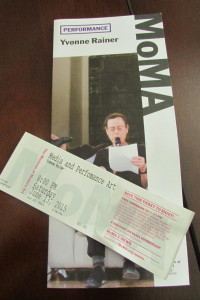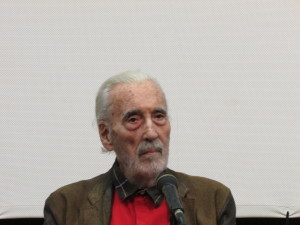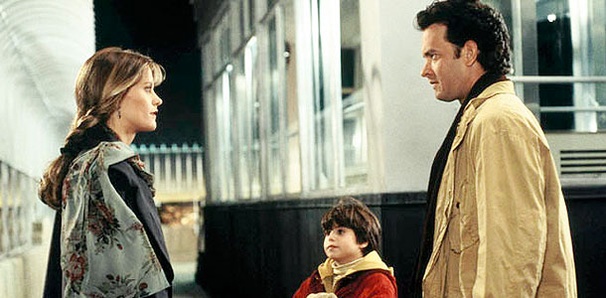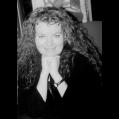Tips for Writing the Music Documentary Film
by Susan Kouguell
Click to tweet this article to your friends and followers!
In this past year, three very different documentaries, portraying a musical artist have been released: What Happened, Miss Simone? directed by Liz Garbus, Kurt Cobain: Montage of Heck directed by Brett Morgen, and A Poem is a Naked Person directed by Les Blank.
These three musical artists, Nina Simone, Kurt Cobain, and Leon Russell are as diverse as are the ways in which these directors conveyed their respective subjects. While some very broad comparisons can be made in some choices made (for example the use of archival footage in Garbus and Morgen’s films, and the use of concert footage in all three films), the more specific comparisons can be found in the fact that each director has a unique vision and voice.

In my book Savvy Characters Sell Screenplays! I write:
Documentaries can be written, using the traditional 3-act structure or in a nontraditional narrative format. The use of stock film footage, “talking heads” (interviewees’ faces discussing the subject matter), voice-over narration, animation, photographs, live action, and so on, are some examples of the tools used to convey the narrative.
Rather than cover every biographical detail of their subjects’ lives, Garbus, Morgen and Blank, allow their subjects to tell their own story through their own words and music, in conventional and nonconventional ways. In Kurt Cobain: Montage of Heck, original animation was produced and incorporated into the film, to illustrate important moments in Cobain’s life, using Cobain’s artwork, photography, journals and family photographs as inspiration.
Garbus allows the late Nina Simone to convey her story, in part, through concert footage shot during the course of her career. These moments show Simone speaking and playing to the audience, revealing both her personal fragility and phenomenal talent as a musician.
The late director Les Blank employs a nontraditional narrative cinema vérité approach of his subject Leon Russell, during a time (the 1970s), and place (rural Oklahoma juxtaposed with a state-of-the-art music studio). Rather than revealing Russell’s biographical background, the film offers glimpses of Russell’s concerts, rehearsals, friends, and neighbors in an abstract collage.
Tips:
- Immerse yourself in the music. Research the artist and his or her music in order to gain a complete understanding of your topic.
- Keep an open mind to what you might discover as you research and shoot. Some filmmakers begin with one narrative idea for their film, but find that along the way that idea changes, as more material is unearthed either through archival finds or interviews.
- As you develop your ideas and your interview questions for your subjects, determine what your significant message is, who the main ‘characters’ are and how they will bring light to your topic.
- Listen carefully to your interviewees, they might reveal new information and offer unexpected and exciting insights about your subject matter.
- Watch documentaries that share your sensibility to give you inspiration.
What Happened, Miss Simone? directed by Liz Garbus is currently playing in theaters and on Netflix, Kurt Cobain: Montage of Heck is in limited release in theaters, as well as A Poem is a Naked Person.














